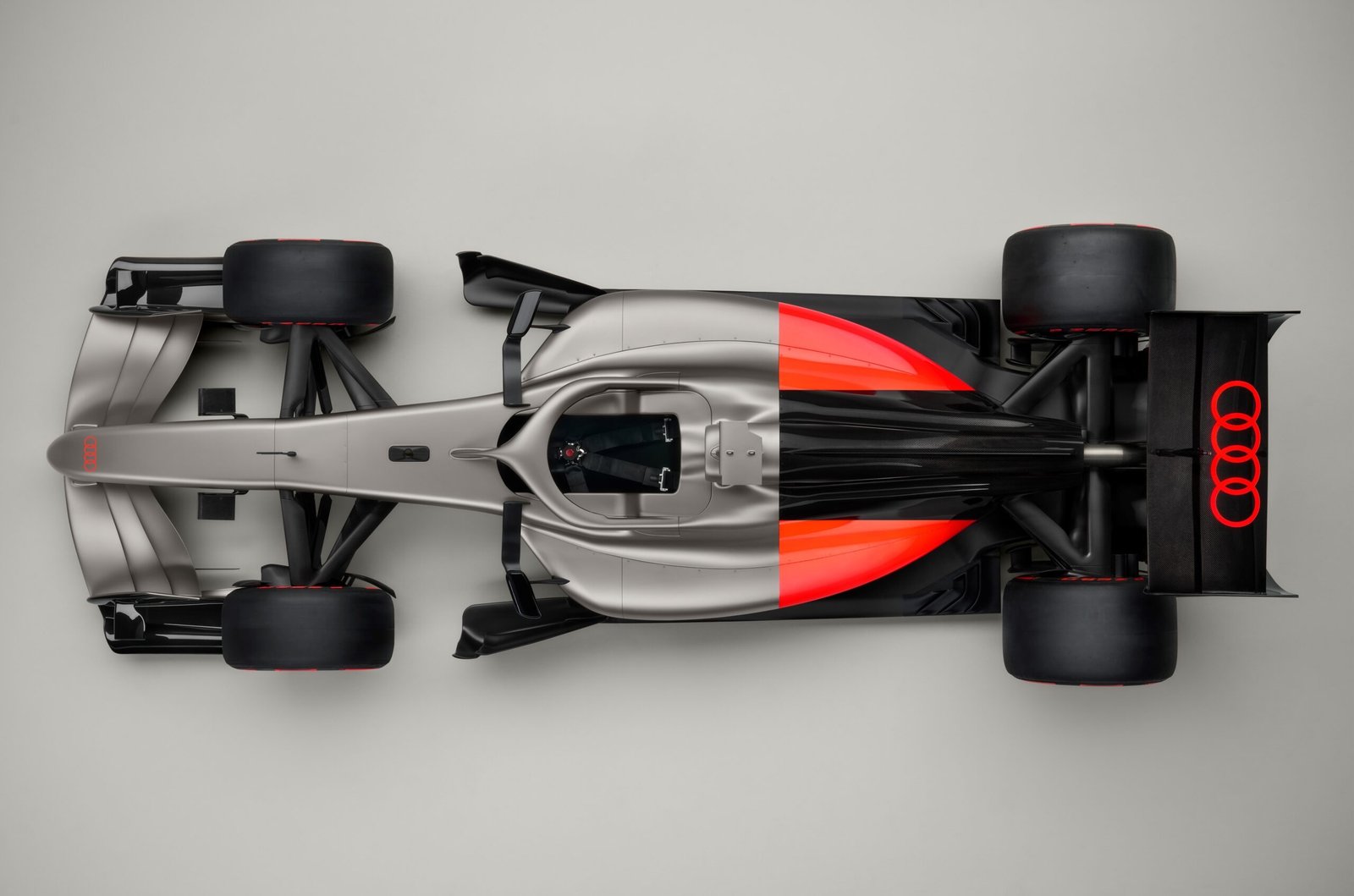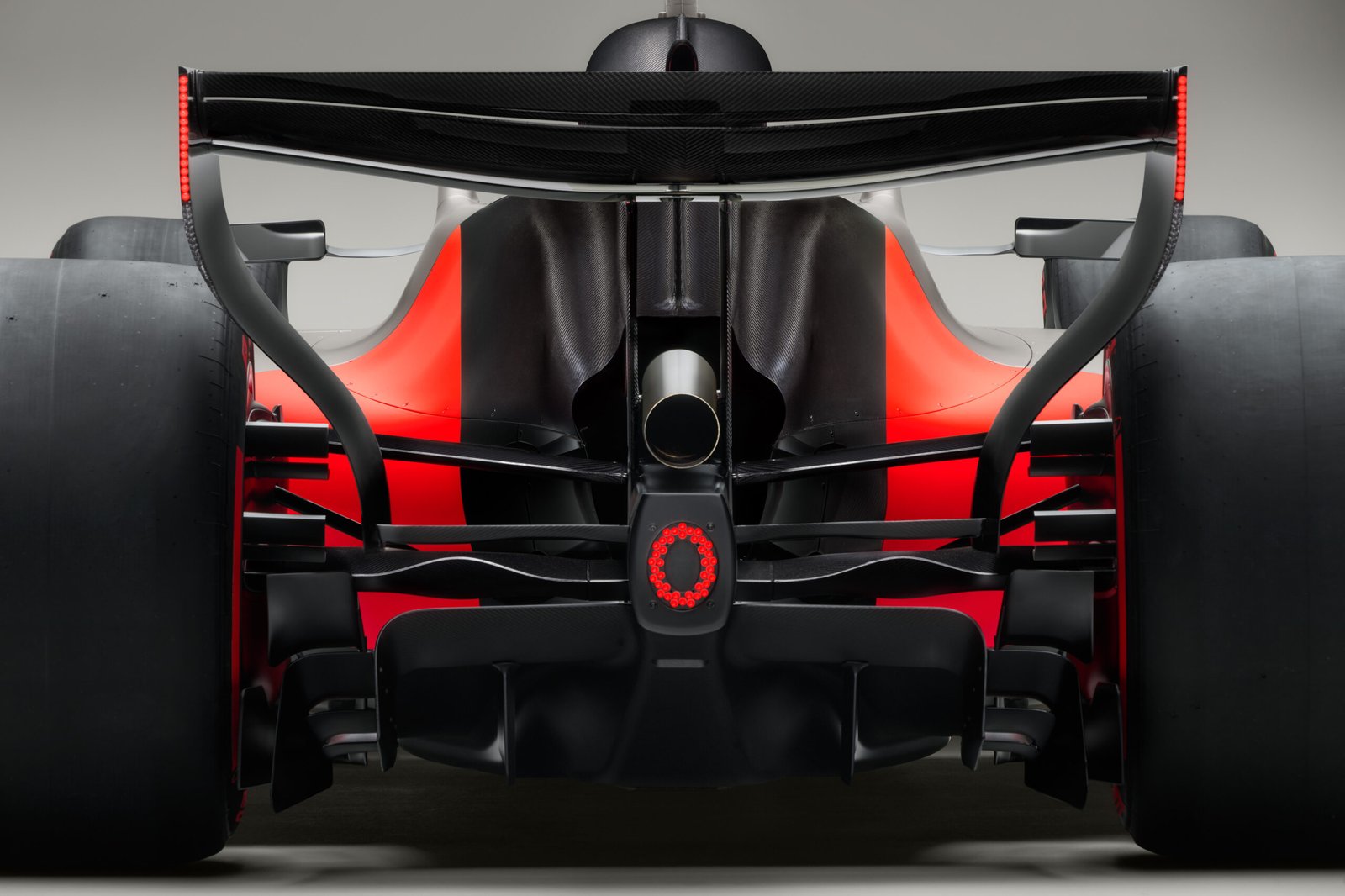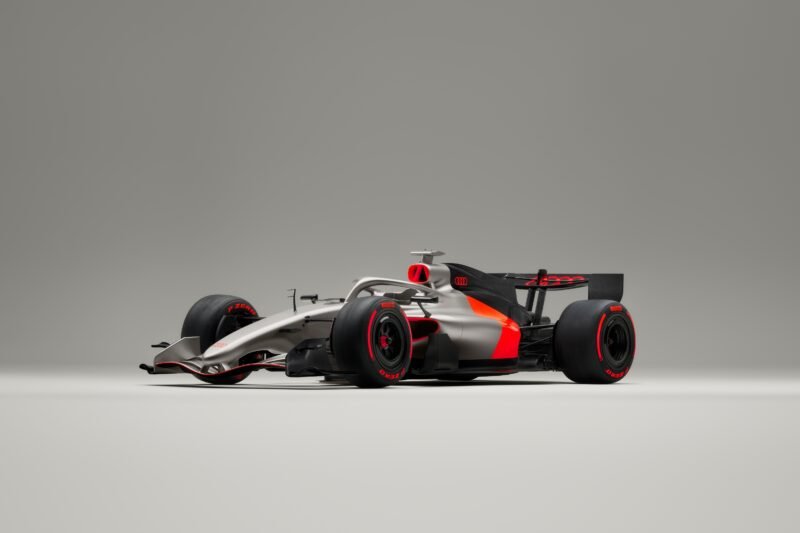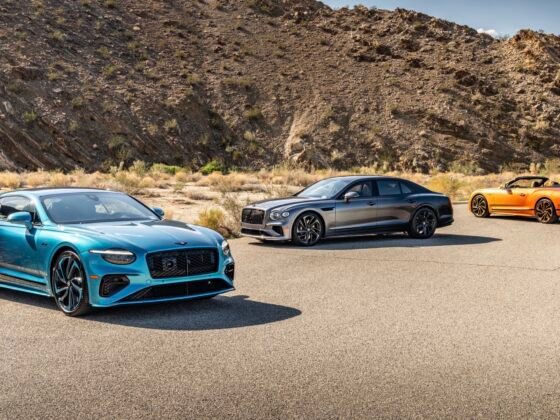Audi’s long-awaited Formula 1 chapter begins with a bold visual and strategic statement: the reveal of the Audi R26 Concept. Presented at the Brand Experience Center in Munich, the car marks the first glimpse of the brand’s identity in the world’s most powerful motorsport. Minimalist yet charged with intent, the R26 sets the tone for Audi’s ambition—not simply to join Formula 1, but to evolve within it. For Audi, this moment is a turning point, signalling a new era defined by clarity, innovation, and a sharpened competitive spirit.
Guided by CEO Gernot Döllner’s vision, Audi enters the sport with a realistic yet uncompromising goal—to contend for the World Championship title by 2030. It is a declaration rooted not in bravado, but in the brand’s legacy of resilience and reinvention. Döllner describes Formula 1 as the next chapter in an organisational renewal that is reshaping Audi from within. Faster decision cycles, tighter structures, and a modern design philosophy are all reflected in the brand’s first steps onto the grid.

The R26 Concept becomes the first expression of Audi’s new design language, built around four principles: clear, technical, intelligent, and emotional. Titanium tones, carbon blacks, and a striking new Audi red define the palette, with the brand’s rings appearing in red exclusively for Formula 1. The car’s sculpted geometric cuts flow seamlessly into its aerodynamic surfaces, creating a sense of purposeful tension. For Chief Creative Officer Massimo Frascella, the concept symbolizes a unified visual identity that will extend from the racetrack into every future Audi product.
Beyond design, the significance of Audi’s F1 project lies in its ability to bridge engineering, culture, and brand expression. Formula 1’s global stage—with more than 820 million fans—offers Audi unmatched reach and storytelling power. Strategic partnerships with adidas, bp, and Revolut reflect the strength of its early project ecosystem. Just as importantly, the acquisition of the Sauber Group gives Audi complete operational control, ensuring its identity as a full factory team grounded in both Swiss precision and German engineering heritage.

The team structure reflects a blend of experience and ambition. Former Ferrari principal Mattia Binotto and seasoned F1 figure Jonathan Wheatley lead the project, while the driver lineup pairs Nico Hülkenberg’s seasoned insight with Gabriel Bortoleto’s youthful talent. Their task is formidable: mastering the sweeping changes arriving in the 2026 regulations, which introduce a more powerful hybrid system, sustainable fuels, and a renewed focus on road-car relevance—areas where Audi is uniquely positioned to innovate.
At the heart of the project is Neuburg an der Donau, now Germany’s only operational F1 power unit site. Here, Audi engineers have spent the past three years developing a new hybrid powertrain built around a V6 combustion engine and triple-performance electric motor. Much of the development has unfolded in simulators and digital environments as mandated by regulations, with the first full powertrain now running successfully in race simulations. It is a remarkable achievement, signalling the maturity of Audi’s technology before the car has even touched a racetrack.

With its debut scheduled for Melbourne in March 2026, Audi’s entry into Formula 1 embodies everything the brand stands for: precision, ambition, engineering artistry, and a relentless pursuit of progress. The R26 Concept is more than a preview—it is a promise of what is to come. Audi arrives not as a follower, but as a force ready to redefine what speed, innovation, and modern luxury can mean on the world’s most demanding stage.









